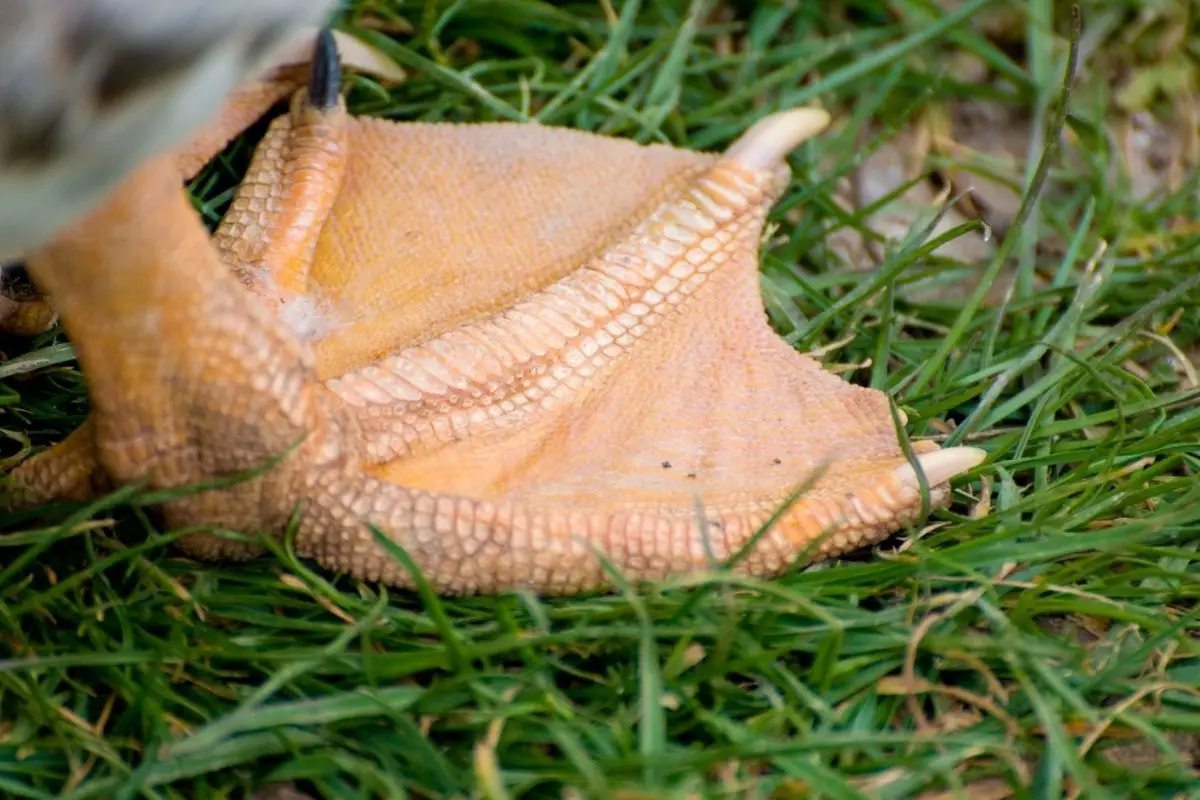As someone who loves birds, you might be curious if all birds can swim. After all, not having webbed feet would seem to make swimming more difficult. However, webbed feet are not the only important features that help a bird to swim.
Waterproof feathers, the proper body weight, and even body proportions play an important role in whether or not a bird is adept at swimming or if swimming is a fatal activity. So, can birds without webbed feet swim? Let’s take a closer look.
Types of Birds
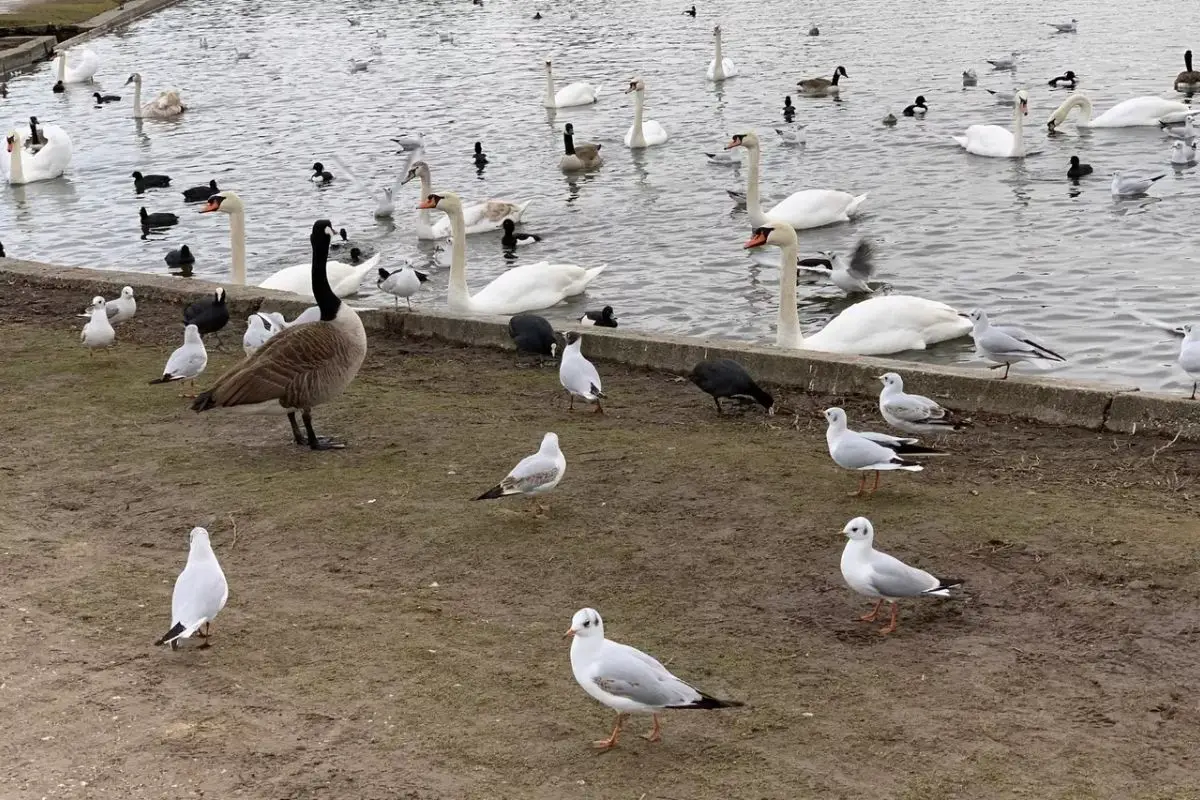
There are many different types of birds, and they come in all shapes and sizes. Some common bird families include ducks, geese, and swans; chickens and quail; eagles, hawks, and kites; owls; parrots and macaws; penguins; and robins, finches, and sparrows.
Birds are classified into two main groups: land birds and waterbirds. Landbirds include all birds that live on or near the ground, while waterbirds live near or on the water.
Some birds, like chickens, quail, and ostrich, are considered poultry and are kept as farm animals.
Two Kinds of Bird Feet
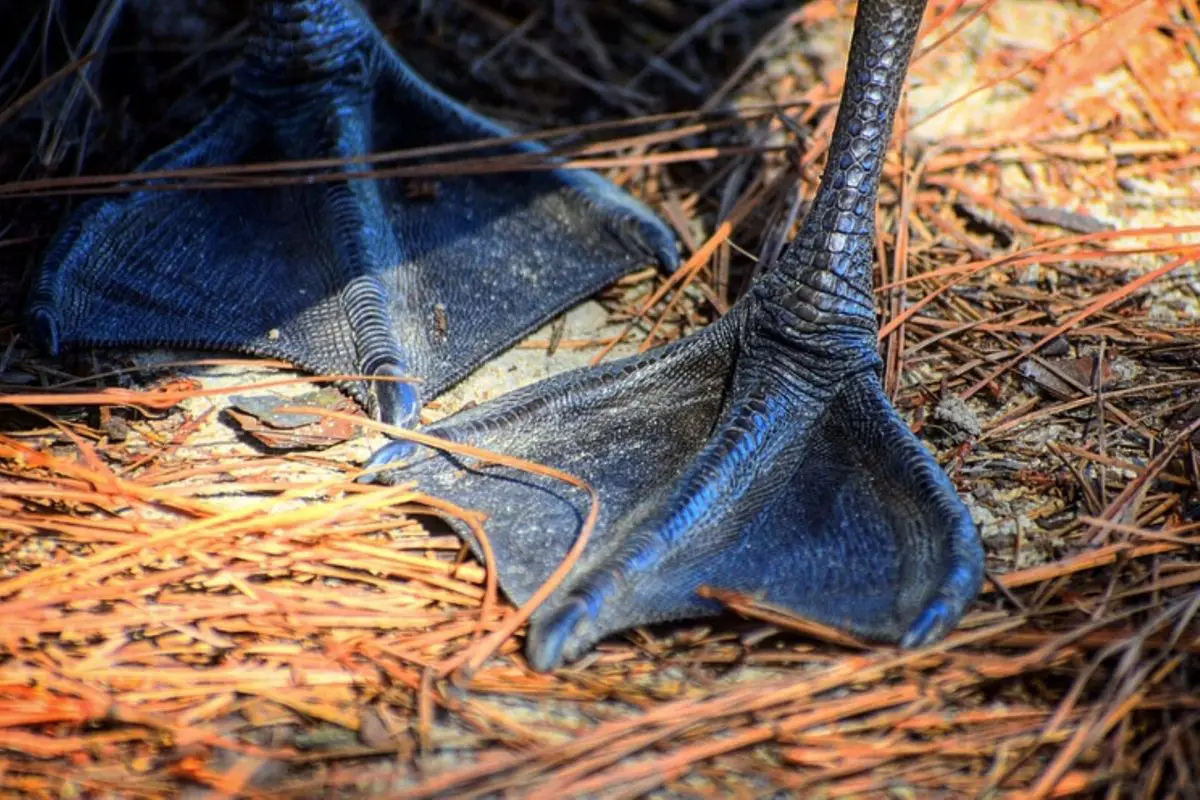
According to Bird Nation, Most birds have four toes on each foot, and these toes are usually arranged in pairs. The first pair of toes, known as the inner toe or hallux, is typically pointing backward. The second pair of toes, called the outer toe or digits 2-4, points forward.
Many birds also have a claw at the end of each toe. The arrangement of a bird’s toes helps it to perch on branches and grip its prey. Webbed feet, on the other hand, are better suited for swimming.
Most water birds have webbed feet, which help them to paddle through the water.
The Purpose of Webbed Feet
Webbed feet are helpful for swimming because they act like paddles. The webbing between the toes helps to increase the surface area of the foot, which gives the bird more power to move through the water.
Birds that have webbed feet include:
- Ducks
- Geese
- Swans
- Penguins
How Do Birds Swim?

The swimming motion of a bird is similar to the breaststroke used by humans. The bird moves its legs in a circular motion, propelling itself through the water. Its wings are spread out to help balance the bird and provide more power.
Can Birds Without Webbed Feet Swim?
While webbed feet are helpful for swimming, they are not required. There are many birds that can swim without webbed feet, including herons, cormorants, grebes, pelicans, and storks. These birds use their long legs and large feet to paddle through the water.
How Do Birds Without Webbed Feet Swim?
Birds without webbed feet typically use their legs and feet to paddle through the water. However, some birds, like herons and cormorants, will also use their wings to help them swim. These birds flap their wings vigorously, using them like oars to row through the water.
Birds without webbed feet generally do not like to swim and only do so in emergency situations. They are not as well-suited for swimming as birds with webbed feet, and they tire quickly.
Examples of Bird Species that Can’t Swim
While most birds can swim, there are some exceptions. Birds that cannot swim typically have one or more of the following characteristics:
- They are very lightweight
- They have short legs
- They have small feet
- They have feathers that are not waterproof
Some examples of bird species that cannot swim include:
- Hummingbirds
- Kiwis
- Owls
- Woodpeckers
- Chickens
- Quail
- Ostriches
- Eagles
- Hawks
- Kites
Case Study of a Common Swimming Bird: The Duck
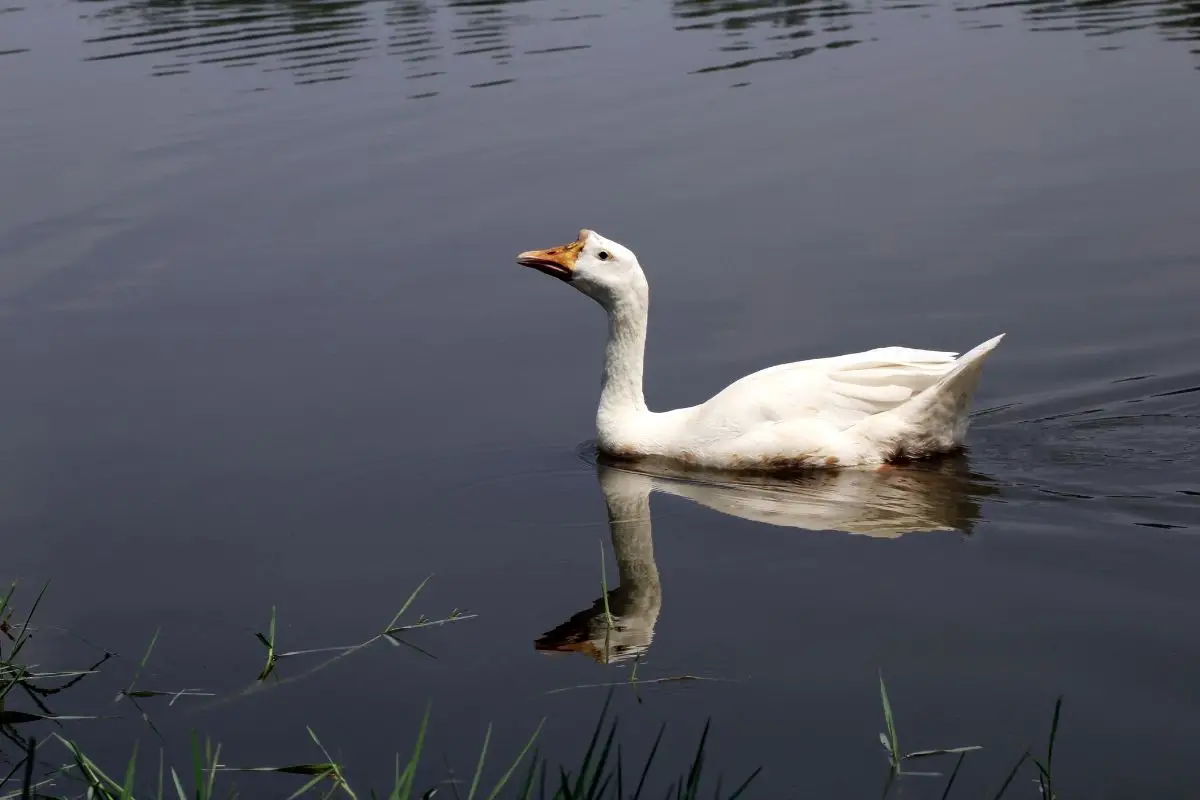
Ducks are interesting creatures because they can swim and fly. In fact, ducks are so good at swimming that they are often used in racing competitions. Ducks swim by moving their feet in a circular motion.
This motion propels the duck through the water and also helps to steer it. Ducks use their wings for balance and to help them change direction.
Webbed Feet
Ducks have webbed feet, which helps them to paddle through the water more easily. The webbing between the toes acts like a paddle, increasing the surface area of the foot and giving the duck more power to move.
Waterproof Feathers
Another adaptation that helps ducks swim is their waterproof feathers. Ducks have a special type of feather, called a down feather, that is covered in a layer of oil. This oil makes the feather waterproof and helps to keep the duck warm in the water.
Diving Ducks
Some ducks are better at swimming than others. Diving ducks, such as the merganser and the scaup, have special adaptations that help them to dive far down into the water to search for food. These ducks have small wings and a heavy body, which allows them to sink quickly.
They also have webbed feet and waterproof feathers to help them swim underwater.
Swimming Underwater
Ducks are able to swim underwater for short periods of time using their webbed feet and waterproof feathers. They generally use this ability to escape from predators and surprise their prey.
Case Study of a Common Water Bird: The Heron
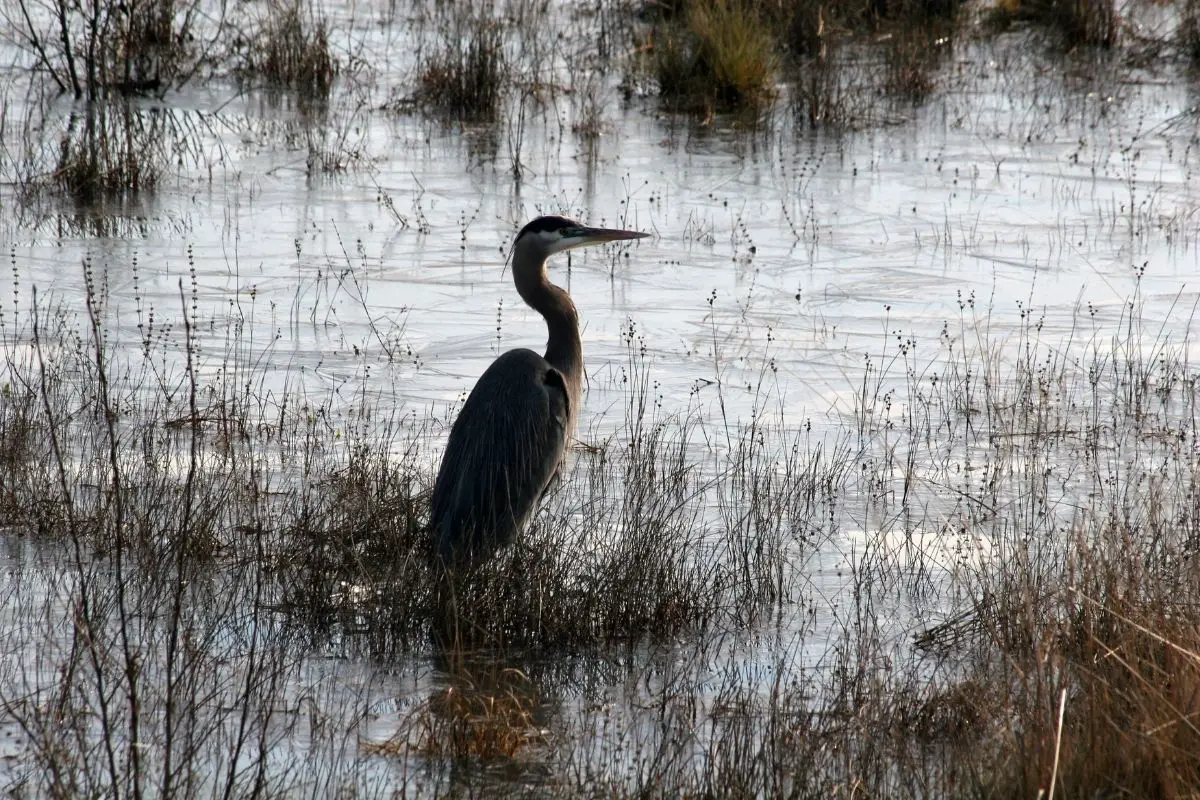
The heron is a common water bird that can be found near ponds, lakes, and rivers. Herons are long-legged birds with a sharp beaks. They use their beak to spearfish and other small animals. Herons typically stand still in shallow water, waiting for their prey to come close.
When an animal gets close enough, the heron will strike at it with its beak. Herons are also known to eat snakes, mice, and frogs.
How Do Herons Swim?
Herons use their long legs to paddle through the water. They extend their neck and legs in a straight line and move them in a rowing motion. This motion propels the heron through the water.
Herons also use their wings to help them swim. When herons flap their wings, they create a large surface area that pushes against the water. This helps the heron to move faster through the water.
Herons are able to swim underwater for short periods of time. They use their wings to flap and their feet to paddle. This helps them to move through the water quickly and to escape from predators.
Conclusion
As you can see, some bird species that do not have webbed feet are able to move through the water using various methods. However, as with most evolutionary adaptations, birds such as ducks or geese will move through water with much more ease than a heron that does not have webbed feet.
Now that you know a little bit more about how some birds are able to swim, you can try to find these adaptations the next time you’re out birdwatching.
Keep your eyes peeled for webbed feet, waterproof feathers, and long legs!

